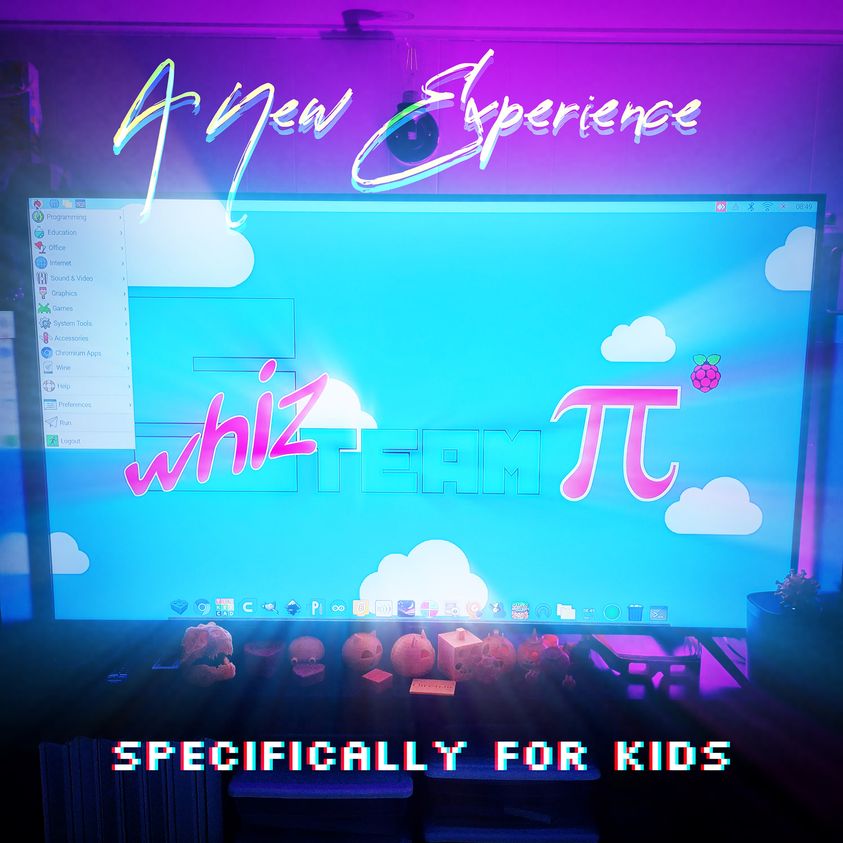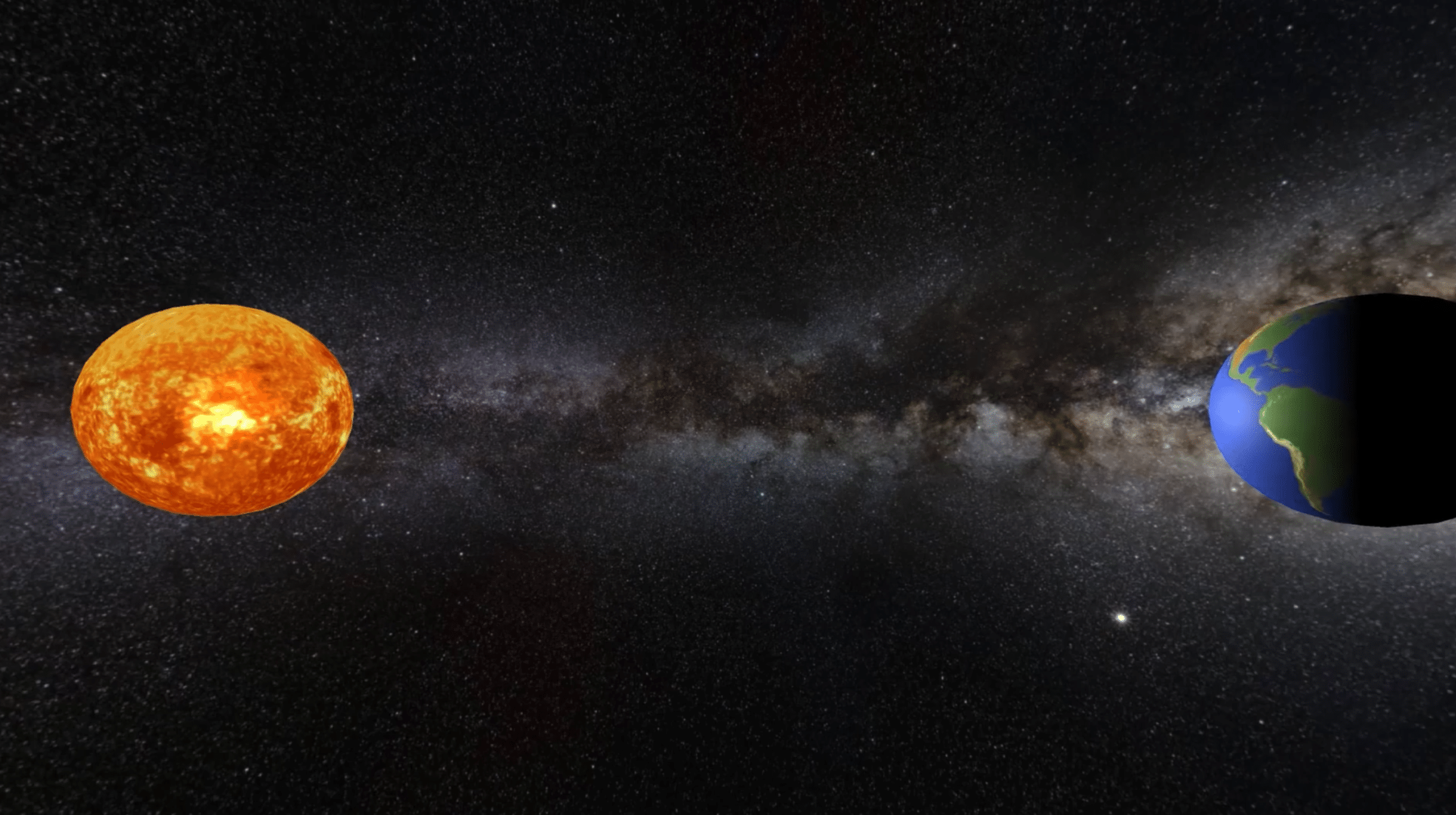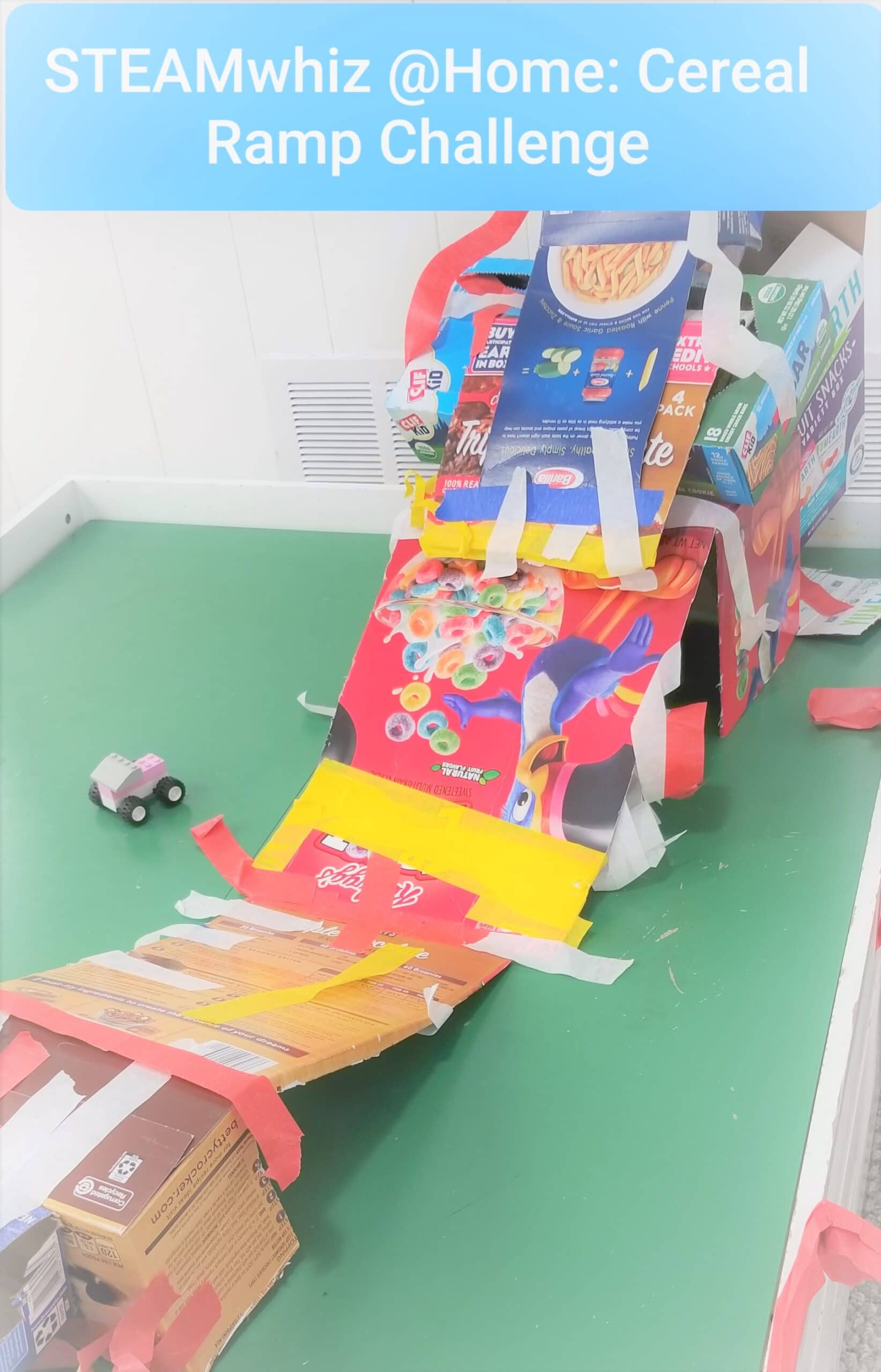The Countdown to STEAMwhiz’s Summer Camp is On…
Opening day is July 5th!
What will your kids be doing this summer? Create, Solve, and Innovate with Science, Design, Coding, & Robotics @ STEAMwhiz’s Minecraft Sci-Tech Summer Camp – Physical to Virtual
> Limited Space Available
> Full and Half Day Options

Friday, June 17 @ 6:30 PM - dUSK | tAWSENTHA pARK
STEAMwhiz End-of-Year Celebration & Reunion
Where: Tawasentha Park Playground
188 NY-146, Altamont, NY 12009
All current, former Students & Families, as well as upcoming Summer Campers…
Let’s gather together to celebrate the accomplishments of our SW Kids and meet new friends!
Bring a picnic dinner, blanket, and/or chairs, and enjoy a sweet treat provided by the STEAM-Team.
Meet, Eat, and be Merry with the STEAMwhiz Crew in Guilderland’s Tawasentha Park.
Hope to see you there, weather permitting!*
Email us at steamteam@steamwhiz.com to RSVP
Self-Automated Watering System
STEAMwhiz’s Robo Ecology – Spring Semester 2022 is almost one for the books! The final week of labs is June 13-17th. This past semester SW students took their design, coding, and robotic skills to the next level by creating a self-automated watering system by utilizing CAD & vector art software, Python coding, and advanced physical computing elements & devices. Developing analytical thinkers – the ability to tackle a complex problem by breaking it into specific, workable components – is a core value here at STEAMwhiz. Our Input vs Output: Sensor Squish Lab lab was one of the many hands-on, inquiry labs preparing students for such a large, complex problem. Check out Kiera (below) explaining how robots and automated systems take in information from the physical world and do something in the virtual one!
steamwhiz @ Home | avalilable now!
Flower Box Electronics Add-On
Keep Tinkering & Doing @ home by ordering the Automated Flower Box Electronics.
The STEAMwhiz Flower Box Electronics Kit Add-On will allow your SW student to continue to investigate and experiment with their own Python coded Self-Automated Watering System and grow their plants using code, robotics, and automation. Wanna know the best part? This package includes a re-programmable Raspberry Pi Pico microcontroller, which can then be reprogrammed to be used for other projects in the future!


save your spot
Early Fall Registration
By popular demand, our Fall 2022 Semester is OPEN for early registration.
STEAMwhiz’s 2022-2023 Academic Year will be using Nature as a Design Partner as we explore and investigate Math, Art, and Coding with Physical Computing.
It’s never too EARLY to prepare your student for THEIR future!



A New Experience
STEAMwhiz, Physical Computing, & Raspberry Pi's, Oh My!!
What is physical computing, why is it important, and how is STEAMwhiz empowering the next generation of thinkers & doers?
We are working towards this goal by creating both in-person labs and digital courses (coming Fall/Winter 2022). This means that we are not developing one-off projects but a deep curriculum for students rooted in (S)cience (T)ech (E)ngineering (A)rt (M)ath to provide the fundamental and technical acumen to become the innovative problem solvers of tomorrow.
Read More and discover how the STEAMwhiz is supporting this great endeavor!
REGISTER TODAY
Stay in Sync with STEAMwhiz
Follow all STEAMwhiz’s latest news, educational articles, and more here.
Check out our monthly MakerLab and Events here.
Create An Account And Never Miss A Beat With Our In-Person STEM Programs Covering Coding, 3d Printing, Laser Cutting, Robotics, Science, Technology, Engineering, Art, Math (STEAM) And So Much More.






















































